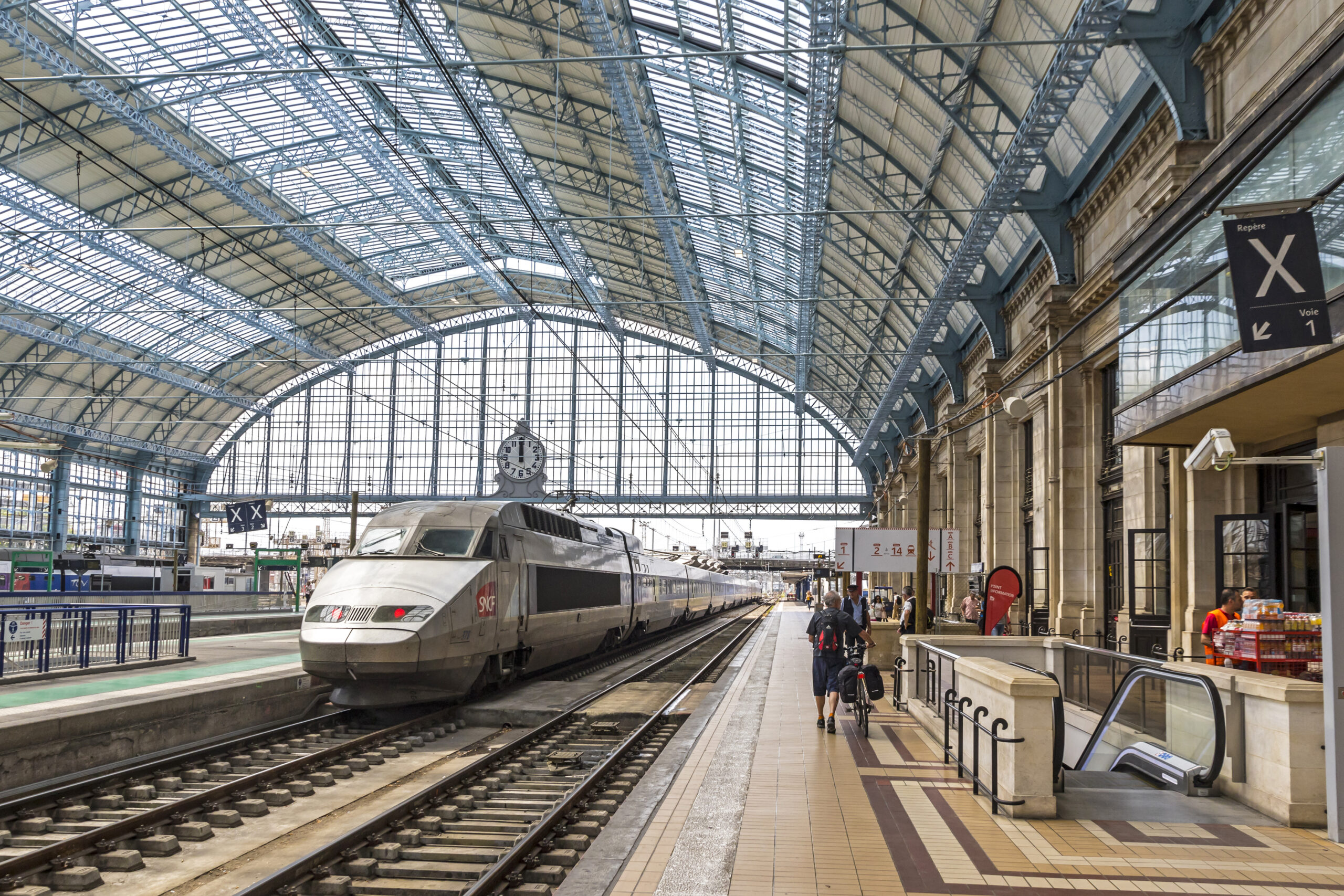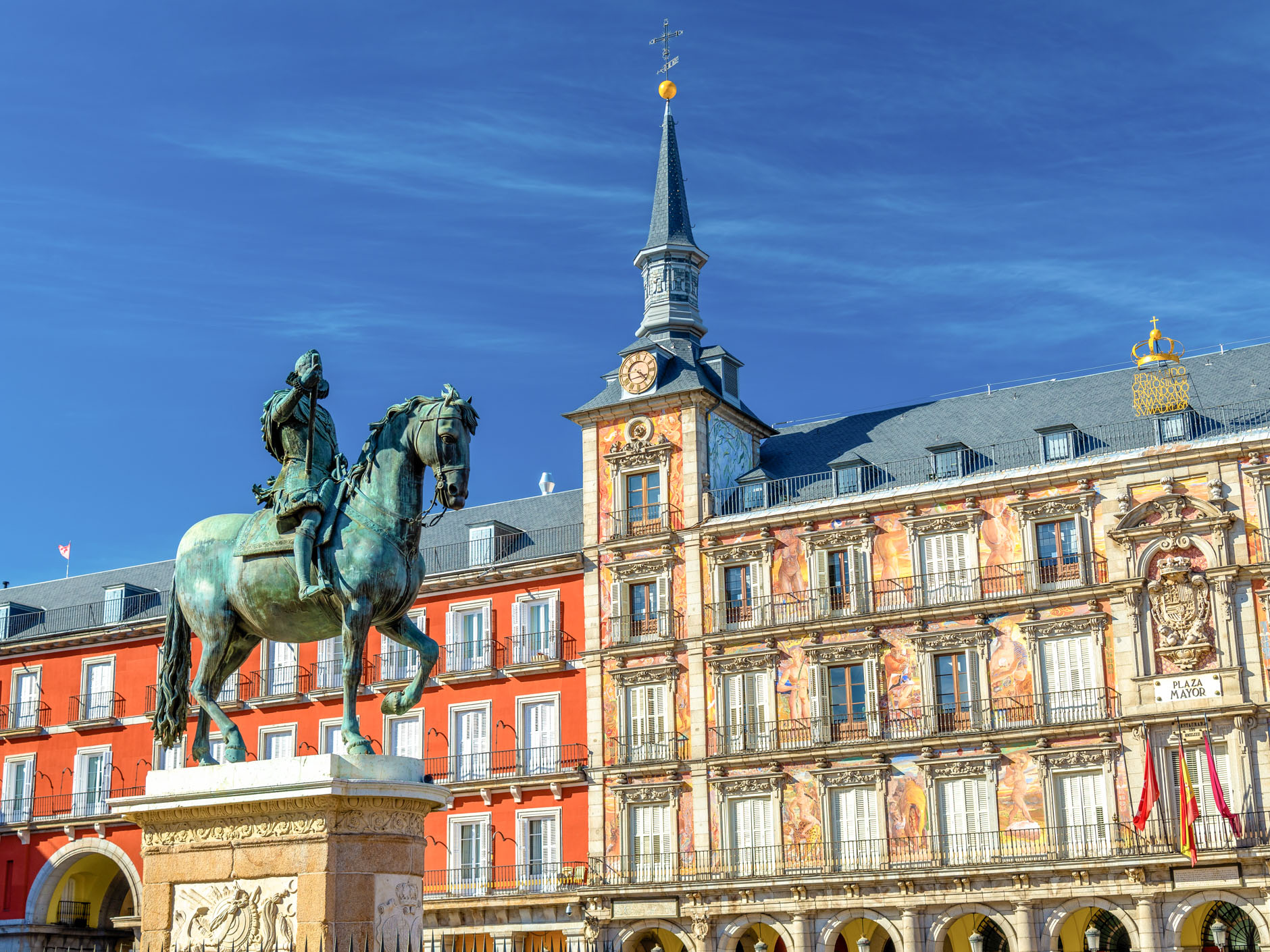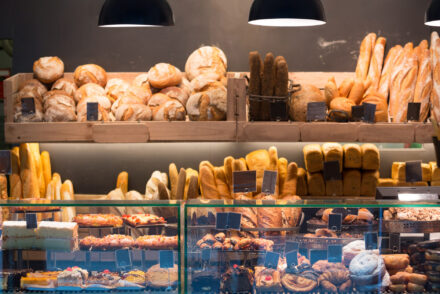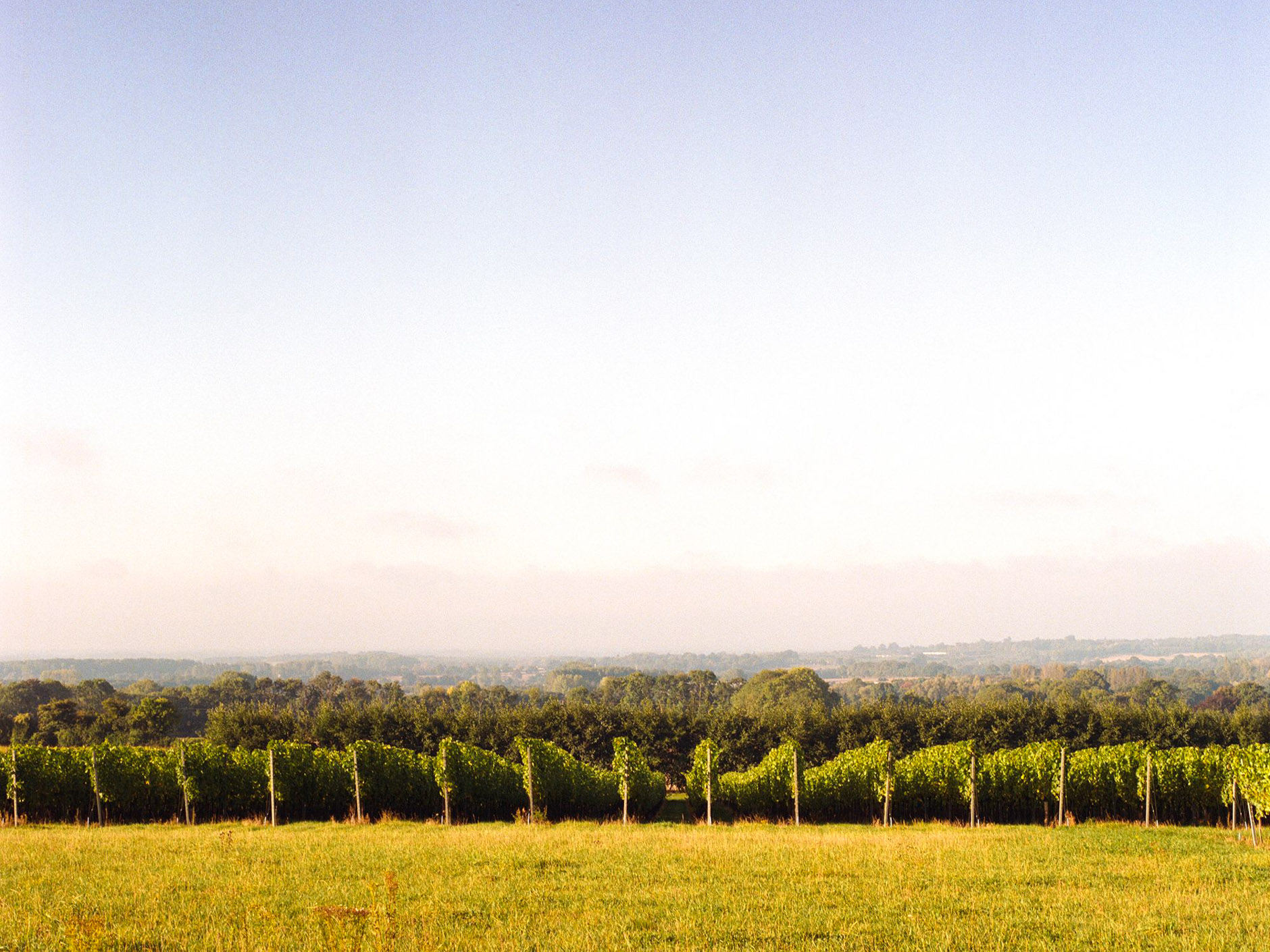While there’s hope that international travel may be possible again soon, the light at the end of the Channel Tunnel may be dimming. At the time of writing this, Eurostar is on the verge of insolvency due to the Covid19 pandemic. A company that only ever had a wafer-thin profit margin at the best of times could now, pardon the pun, hit the buffers.
This would be a tragedy of epic proportions. Just when we were looking forward to a new direct route between London and Bordeaux St Jean – effectively linking Noble Rot and L’Univerre in 5 hours door to door – the dream appears to be in jeopardy. But this isn’t just a potential annoyance to international gourmands. It’s a huge reversal of progress. Eurostar was, and is, so much more than a train service: this modern form of the Anglo-French ‘entente cordiale’, this feat of engineering and international cooperation, is a crucial conduit between the UK and the continent, facilitating diplomacy, business and tourism. The company employs some 2000 staff. Then there are the secondary impacts of cutting off business, some of which is still best done face-to-face rather than by Zoom calls, not to mention the general investment which is helping the croissantification of King’s Cross. And, above all, it’s a more comfortable, more environmentally-friendly way to travel. Indeed, achieving zero carbon by 2050 was a target set by the UK government under the Paris Agreement on climate change.
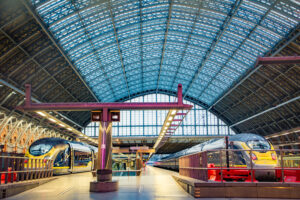
Eurostar trains at St Pancras International station
The deplorable attitude of the UK government hasn’t helped matters, both in its monumental mismanagement of the pandemic and its jingoistic obsession with Little England. Despite pleas by the RMT to ‘save the Eurostar’ (not ‘Britstar’ please), the government has washed its hands of it. To some extent you can see why when they don’t have any controlling stake: it’s 55% owned by SNCF, 40% by US and Canadian investment funds and 5% by the Belgian railway. There at least seems to be a willingness from France’s Transport Minister Jean-Baptiste Djebbari to throw some baguette scraps its way, perhaps by way of government loan, but there will continue to be the inevitable political wrangling. Meanwhile, the fleet of trains remains in situ like helpless children in a messy international divorce.
Some say Eurostar is too big to fail. Some say even if it does collapse, something else will replace it. But that’s overly optimistic. Indeed, other competitors such as Deutsche Bahn have tried – they have magnificent rolling stock (and restaurant cars!) but sadly there are still technical issues with the rail infrastructure. Once this Covid nightmare is behind us and we all try to have a long overdue break on the continent the only means of travel may be flying (the horror) or by ferry (and even those options are looking questionable).
All of this has brought into sharp focus why we need this service and train travel in general. The economic and environmental arguments in favour of train travel are well-known and already alluded to above, but my favourite advisory site for inter-railing, The Man In Seat 61, summarises it best: “many people want to cut their carbon footprint or are simply fed up with the hassle of flying – and a significant number of people are afraid of flying or medically restricted from doing so.” So why shouldn’t travellers “do something more rewarding with their travel opportunities than schlepping to an airport, getting on a soulless airliner and missing all the world has to offer”?
when else do you get the time to sit and be as the train from Innsbruck to Verona meanders around the majestic scenery of the Brenner Pass?
Of course flight evangelists will enjoy their moment of schadenfreude if (or when) Eurostar collapses. Plane enthusiasts harp on about the speed and convenience of their carbon-vomiting mode of travel. “I left work in Hammersmith at 5pm on Friday and I was already in Oslo by 8pm.” Good for you. The airport is 45 kilometres away from the city centre, so factoring in the time difference you really arrived at 10pm, frazzled from a week of work and being tossed around in a claustrophobic’s nightmare of a tin can, whilst I was calmly sipping a Negroni at The American Bar. I’m hardly envious. Do you remember the last time you had turbulence on a train?
“But it’s so much safer,” they say. Granted, you’re statistically more likely to be run over by a cheetah skiing on a pair of Kit Kat bars than getting crushed to death in a plane crash. But you never know, do you?
Perhaps there’s an irreconcilable difference between those who just care about getting to the destination as quickly as possible and those who consider the journey to be part of the experience. Trains can never be as fast as planes, even though the ‘Train Grand Vitesse’ does like its name suggests and belts along the tracks like a gazelle; it sprints between French city centres, from station to station, without any need for check-in time or limitations on baggage.
“Journeys are the midwives of thought,” so Alain de Botton eloquently puts it in The Art of Travel. “Of all the modes of transport,” he continues, “the train is perhaps the best aid to thought: the views have none of the potential monotony of those on a ship or plane, they move fast enough for us not to get exasperated but slowly enough to allow us to identify objects.” He goes on to discuss the concept of “train-dreaming” and how the thought process is “assisted by the possibility of looking out of the window, locking on to an object and following it for a few seconds, until a new coil of thought is ready to form and can unravel without pressure.” In this crazy, fast-paced world when else do you get the time to sit and be as the train from Innsbruck to Verona meanders around the majestic scenery of the Brenner Pass?
You can even get a fair bit of work done. I once travelled to San Sebastian by train from London. OK, it took the best part of a day to get there (mostly due to the tricky terrain in northern Spain), but it was also a productive one, working on my laptop and still able to answer emails.
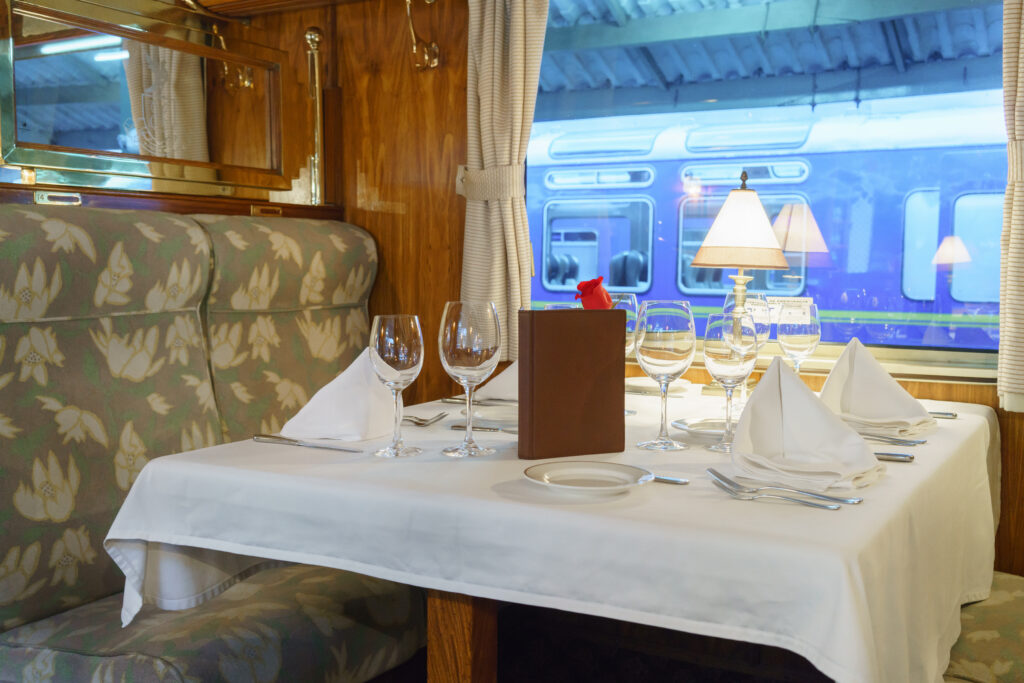
Dining car on a Peruvian train
I suppose there’s a certain romanticism about train travel from books, TV and film too. Once, in a particularly ridiculous moment of life imitating art, I read The Night Train to Lisbon whilst on the night train to Lisbon. And for some reason, dining on trains has a particular appeal. Not every journey will be like James Bond and Vesper Lynd having dinner on the train to Montenegro in Casino Royale, but most long distance train services on the continent seem to have a food offering and an actual dining car with tablecloths and full waiter service. And if the food is a little below par, take inspiration from Anthony Bourdain, David McMillan and Frederic Morin when they travelled across Canada in series one of Parts Unknown: supplement the train’s omelette with your own additions (always take your truffle shaver with you).
When making connections, it’s entirely possible to have three meals in three cities in one day without having to venture far from the connecting railway station. I’ve done it. Breakfast at the Champagne Bar in St Pancras station before hopping on the Eurostar; lunch at Le Train Bleu at Gare de Lyon in Paris; dinner at Joia, a short walk from the magnificent Milan Centrale station.
There are so many adventures to be had by train. Perhaps I haven’t been as intrepid as my fellow Palate writer Jervan who once travelled from Beijing to King’s Cross partly on the Trans-Siberian Express, but a particularly memorable journey for me was Hamburg to Copenhagen. Why? Because the train boarded a freaking ferry and travelled across sea for 45 minutes! It was apparently quicker to take the hypotenuse across the Fehmarn Belt than go through the peninsula of northern Germany and Jutland, and so the ferry’s car deck had train tracks built into it. I watched with childish awe as the whole train trundled onto the vessel alongside the lorries and cars; getting off the train, then ascending to the deck to get some fresh sea air, waving goodbye to northern Germany and then having a quick steak in the ferry’s restaurant as it approached Denmark was quite the experience. It was hardly luxurious of course but it was fun!
Sadly, I say this in the past tense because the ‘ferry train’ appears to have been discontinued and will be replaced by a new tunnel which will connect Germany and Denmark. It should then be a doddle to head on to Stockholm via Malmö, thanks to the Øresund Bridge. Indeed, continental European countries are now merrily unveiling plans for closer connections, creating new night trains and literally building bridges, mindful of the increased demand for greener travel. And of course there’s a new direct Eurostar route to Amsterdam.
Meanwhile, the UK is diverging even more from Europe. It’s so desperately sad. But, hopefully soon, we will (again, pardon the pun) get back on the right track.
This article was last updated on 1 March 2021. Photos licensed by Adobe Stock.

